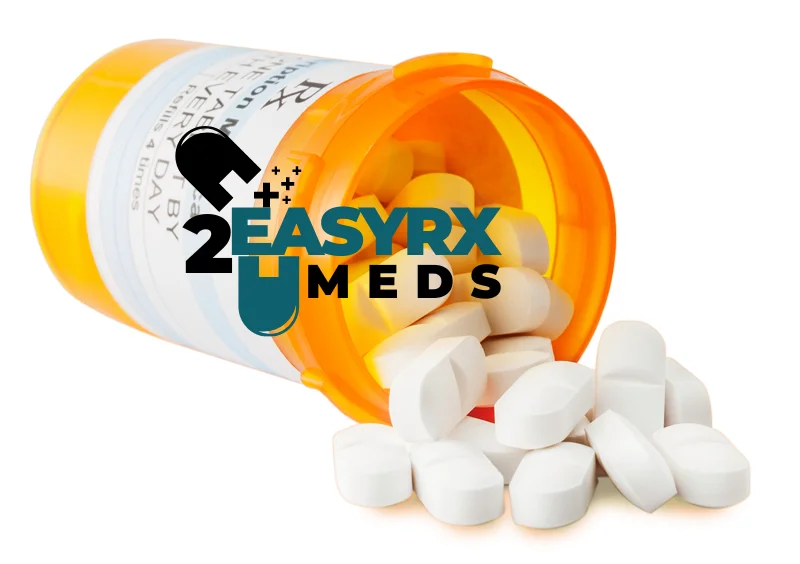There is no item in your cart
What do you know about Tramadol?
Tramadol injection is a prescription medication that belongs to a class of drugs known as opioid analgesics. It is commonly used to treat moderate to moderately severe pain, often following surgery or injury, or for chronic pain conditions such as arthritis.
Key Points :
- Mechanism of Action: Tramadol injection acts on opioid receptors in the brain but also inhibits the reuptake of serotonin and norepinephrine, which makes it slightly different from other opioids.
- Formulations: Tramadol injection is available in various forms, including immediate-release and extended-release tablets, capsules, and as an oral solution.
- Side Effects:
- Common side effects include dizziness, nausea, constipation, headache, drowsiness, and dry mouth.
- Severe side effects can include respiratory depression, seizures, serotonin syndrome (due to its effect on serotonin levels), and an increased risk of addiction or dependence, particularly with long-term use.
- Addiction and Abuse Potential: Tramadol injection has a lower potential for abuse than other opioids, but it can still be addictive, especially if used improperly. Long-term or high-dose use can lead to physical dependence and withdrawal symptoms upon discontinuation.
- Drug Interactions: It can interact with other medications, particularly other CNS depressants (like benzodiazepines, alcohol, or muscle relaxants), which may enhance the risk of sedation or respiratory depression.
- Withdrawal Symptoms: Abrupt discontinuation after long-term use may lead to withdrawal symptoms such as agitation, anxiety, sweating, insomnia, and flu-like symptoms.



Reviews
There are no reviews yet.